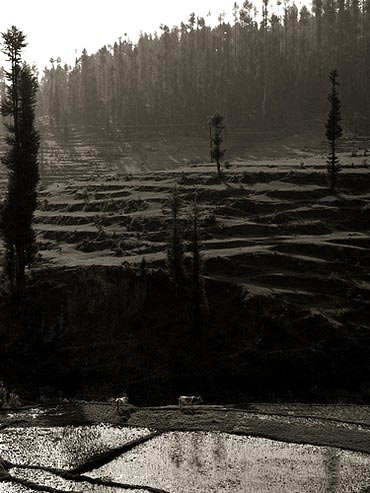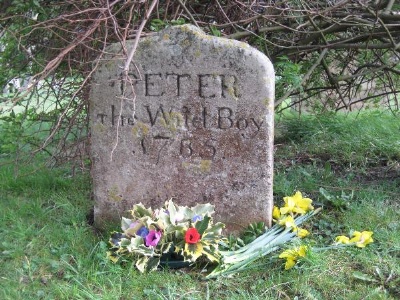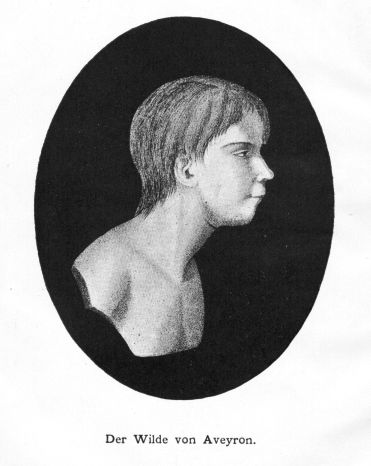Co-host of a brand new television show that takes you to India's most haunted places, Rocky lists five that scared the living daylights out of him. Described as a “nationwide trail and journey into the unexplained,” India’s Most Haunted aims to uncover the “real truth behind the country’s most haunted places.”
The new show -- India's Most Haunted -- premiered on NDTV Good Times recently and takes its viewers to the country's most haunted places in the country -- from Bhangar and Mussoorie to Shimla and Jamali Kamali -- and attempts to prove the presence of the supernatural in these places.
Lohaghat, Uttarakhand
Tunnel no 103, Shimla-Kalka railway line
The new show -- India's Most Haunted -- premiered on NDTV Good Times recently and takes its viewers to the country's most haunted places in the country -- from Bhangar and Mussoorie to Shimla and Jamali Kamali -- and attempts to prove the presence of the supernatural in these places.
 | Champawat is the famous place where Jim Corbett shot a man-eating tiger. Lohaghat is a small town in the Champawat district. In Lohaghat is a very old bungalow called The Abbey. It belonged to the person who founded this place.The Abbey was converted into a hospital which saw some strange goings-on like that of a doctor who would predict people's death accurately. He would move them to this place called Mukti Kothri and the next morning they would be found dead.There was a quandary about whether he was killing them or they were dying naturally.No one knows. What they do know is that the Abbey was first house in the entire region and that disturbed the shrines of the devtas on that hilltop. So the place never really flourished. There are a lot of stories of spirits and a trail of ghosts that is called bhooth ki daang where there are two spirits that walk here at night.Interestingly the area also falls under the travel zones of two leopards and as we were to discover a huge tiger that had killed a full-grown cow about five days before we went there. So ghost or no ghost the idea of walking down these trails is very scary. |
 | Shimla has a lot of ghost stories associated with it. There's one about tunnel number 103 on the Shimla-Kalka railway line that has the ghost of a British sahib. The ghost in tunnel 103 is said to be one that talks back in full context with the humans he comes in contact with. The tunnel itself is wet, damp, dingy and about 140 yards long and is quite a scary place. It is also unique in that the spirit of the Englishman responds to humans. There are different kinds of spirits. Most of them don't acknowledge your presence. They just appear on a particular day at a particular time and play out their part as if on a video tape -- for instance if a woman who walks in from one direction and ends up jumping in the well will do so even if you try to stop it. If you come in her way, she will walk right through you. If there is a house built in her path, she will pass through the walls. There is nothing you can do to stop her or even if you try to talk to her, she won't respond. But besides the tunnel itself Shimla has a lot of villages around it and the only way is to get there is by walking. There are a lot of stories about witches in the area and walking down those was quite terrifying. These trails are very, very scary. As you walk, things move around you and you can hear them. It can be frightening to walk down these trails in the nights. |



